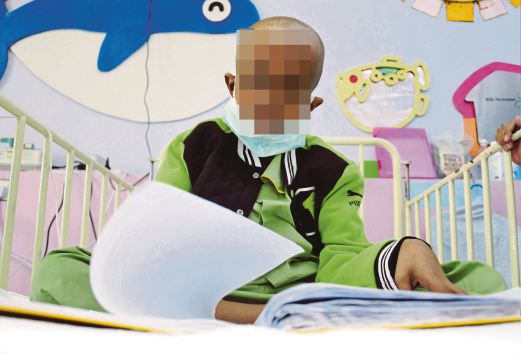INTERNATIONAL Prevention Research Institute research director Professor Pierre Hainaut, in helping parents deal with childhood cancer, said it is important to understand that cancer can develop with changes in children’s developmental process.
The development starts during foetal life and does not end at birth. It continues until the child reaches 18 or 20, as the maturing of the immune system and brain continues.
“Cells are continually dying, healing and regenerating. When excess cells proliferate, it can lead to cancer. Scientists believe that the ‘lack of control’ for the right number of cells in the right number of tissues may have something to do with childhood cancer.
“The risk of developing cancer in a tissue is proportionate to the amount of cell proliferation and renewal activity in it,” Hainaut said, adding that an American study earlier this year suggested that such was the case.
He said scientists were trying to understand what happened during embryonic life that contributed to the chances of developing cancer.
“We want to know if the mother’s nutrition or exposure to air pollution during foetal life may be a factor. Studies have been conducted only in the post-birth stage, but there is interest in understanding what happens during pregnancy, what may have happened and what could have influenced the proliferation of cells in the embryo that may cause a child to develop cancer as he or she gets older.”
University Malaya Medical Centre’s (UMMC) Paediatric Oncologist senior consultant, Professor Dr Hany Mohd Ariffin, said a target was for young cancer patients in the country to be treated in uniformed clinical trials, as done in Europe and the United States.
She said a notable trial was the Malaysia-Singapore ALL2003, involving more than 500 children with acute lymphoblastic leukaemia, the most common form of childhood cancer, from four centres in Malaysia and Singapore.
She said the trial, which ran from 2003 to 2010, boosted overall cure rates in UMMC from 56 per cent to 81 per cent, with patients in the low-risk category achieving a cure rate of 92 per cent.
– New Strait Times







